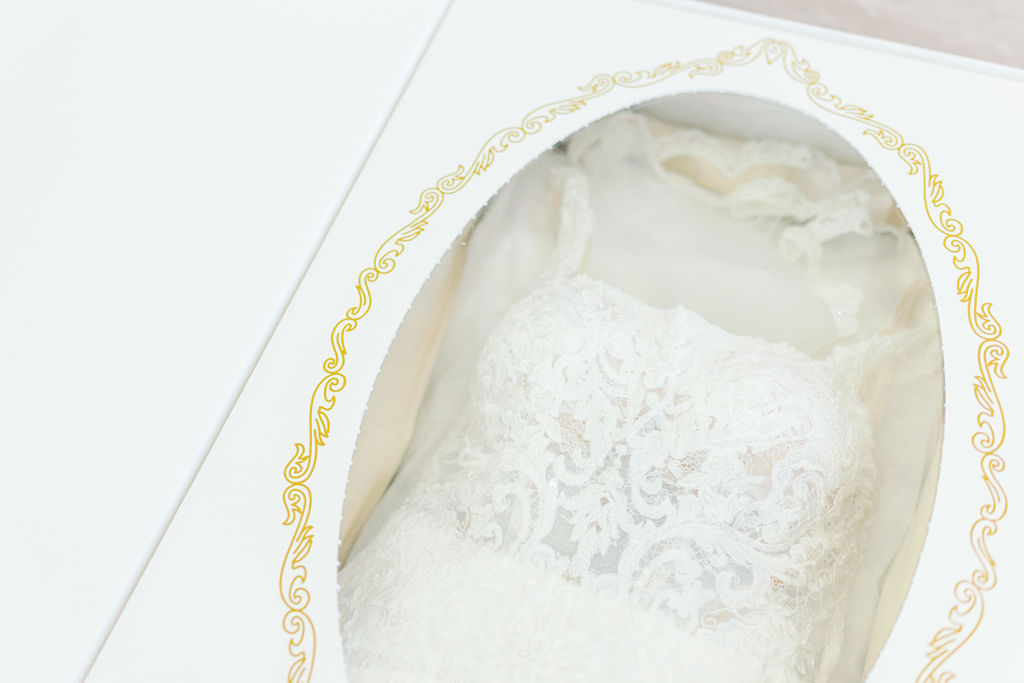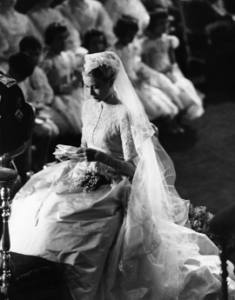Storing Clothes in Plastic Bags Harms Them

Customers often ask us if it is best to store their dry-cleaning items or laundered clothes in the plastic bags we send them home in.
The answer is: No! Long term, plastic harms the clothes.
This surprises many customers, who then ask why we use the plastic. The plastic is meant to protect the clothes on the journey home. Then it should be removed and, if possible, recycled. Our plastic poly is 100% recyclable. If you’d prefer to return the used plastic to us, we’ll happily recycle it for you.
How is plastic harmful to newly cleaned clothing?

Plastic prevents fabric from breathing, as it naturally is made to do, and leads to yellowing, weakening of fibers and mildew. Yes, mildew! Even though our process is called dry cleaning, there is a little moisture involved, which is why a plastic covering can cause mildew.
The discoloring culprit is a chemical called BHT, which is used in the manufacture of the plastic. BHT breaks down over time, causing yellow pigments that attach to the cloth.
We have other concerns about leaving the plastic in your closet, and that is printed right on the plastic. Thin plastic is a risk to children. If children play in the closet, the plastic can be dangerous.
Cotton is a better clothing protector than plastic
With the season changing, you may have items you want to store until next year. We do recommend covering newly cleaned clothing, table linens and other keepsakes that are stored for any length of time. Covering keeps off dust, especially on the shoulders of garments or the folds over hangers.
What should you use instead of plastic? The ideal covering is a white cotton sheet. Just fold the sheet and cut a hole for the hanger. You can sew the covering into a pouch, but it’s not necessary. Cotton lets the cleaned items breathe while keeping out dirt or stains from items nearby.
How to clean garments stained by plastic coverings
If your yellowed item was originally dry cleaned, and you’re ready to use it again, bring it into us and we’ll dry clean it again. This often removes the yellowing. In general, we’re always happy to give you advice on removing specific stains. Stop by any time with the stained item, and we’ll share our experience as to what should be effective.
Bride Grace

Bride Fallon

Bride Callie

Bride Thalya

Bride Jenna

Bride Sophia

Five Top 2022 Wedding Dress Trends

From May through October, wedding season is in full bloom. While most people think June is the top wedding month (with 15% of all weddings), September actually takes first place, with 16% of all weddings. Every year in the U.S., about 2.4 million weddings are performed.

What are brides wearing this year?
This year, brides are selecting corset bodices, voluminous skirts, square or high necklines, and bridal hoods. Here’s a look at the top five trends.
- A mix of old and new. 2022 brides are combining traditional and unconventionalbridal dress elements. For example, brides are mixing minidresses, blazer dresses and colorful gowns with classic accessories, such as birdcage veils and gloves. The high neckline, popular in the 1950s, is back.
- Exposed corsets. This peek-a-boo into how the dress is structured gives a nod to the craft of the dress as well as being sexy.
- Oversized ruffles and skirts. Just as there is a trend for larger weddings, there is a trend for bride skirts and shoulders to be oversized, with huge, ruffled and textured fabrics.
- Color. While 82% of brides wear white, the recent trend toward colored gowns is gaining steam, as are patterns with colorful flowers. Pastels are favored, but so are stark black and white patterns.
- Personality. More and more, brides want their dresses to reflect their personality, whether it be modern or romantic, dramatic or traditional.
Pastels and oversized ruffles are gaining in popularity. This short dress with a long train mixes old and new.
These styles and trends cost money
The average wedding dress in 2022 costs $1,251, plus $227 for accessories.
While tradition says the bride’s family covers the majority of the wedding costs, including the gown, times have changed. Today’s customs vary and support comes from multiple sources. Sometimes the bride and groom pay for the wedding costs. One study found that, on average, parents of both the bride and groom contribute a combined 51% of the wedding budget, while the wedding couple covers the remaining 49%. The bridal party tends to pay for their own dresses and suits.
The average cost of a 2022 wedding, including the gown, is $28,000.
Protecting that investment
Most brides want to preserve their wedding gown. Some brides hope to share their gown with their daughters when the daughters get married. Others save their gown for sentimental reasons. To best preserve a wedding gown, brides should select a cleaner that specializes in wedding gown cleaning and preservation. The best cleaners mend repairs, use cleaning processes that preserve the material and shape, and provide a storage box that maintains the gown’s integrity over time.
Bride Corbin


